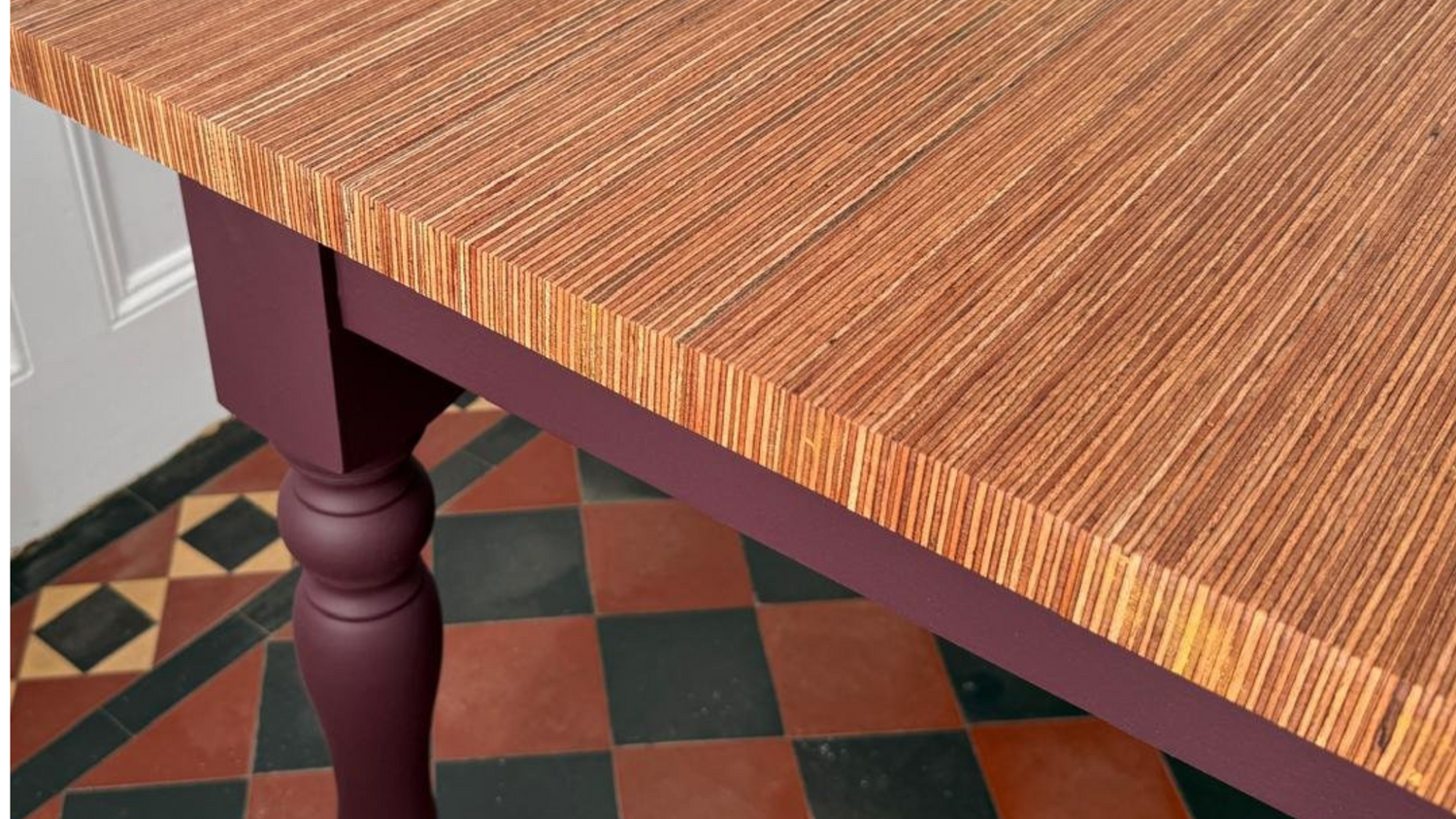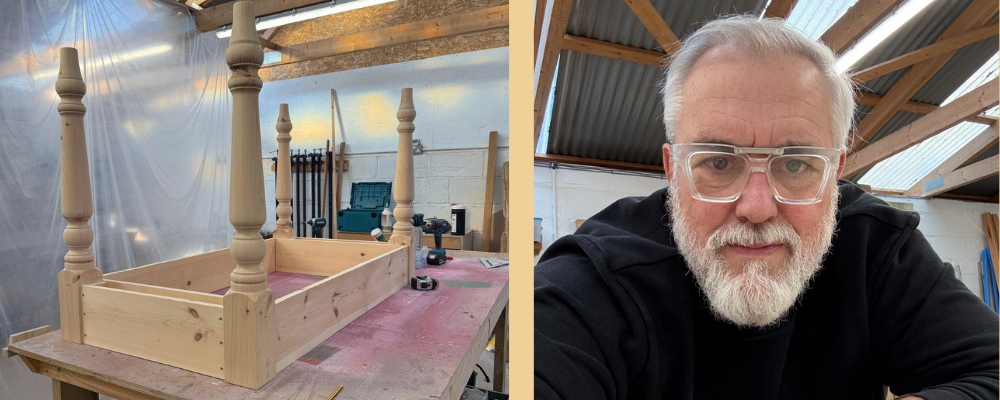A farmhouse table conjures up images of rustic kitchens, long family dinners, and sturdy craftsmanship that stands the test of time. But where does the term come from, and what exactly defines a farmhouse table?
The history of the Farmhouse Dining Table
The farmhouse table dates back centuries, with its roots firmly planted in the rural homes of Europe and early America. These tables were designed for function above all else—large, sturdy, and able to accommodate families and workers after long days in the fields. The name itself stems from its association with farmhouses, where these tables were a focal point of everyday life. They were often made from locally sourced timber, hewn and assembled by hand, and finished simply to endure heavy use.
What Features Define a Farmhouse Table?
Farmhouse dining tables are instantly recognizable due to their distinctive features, including:
- Solid wood construction – Traditionally made from oak, pine, or maple, ensuring durability.
- Thick, sturdy legs – Often turned, carved, or trestle-style for added strength.
- Large surface area – Designed to seat multiple people comfortably.
- Simple, rustic finish – Often left natural or finished with stains that enhance the wood grain.
- Practicality – Typically a no-fuss, functional design meant for everyday use.
These elements make farmhouse tables a statement piece in both traditional and contemporary interiors.
What makes a farmhouse dining table unique?
Unlike many other table designs, a farmhouse table is as much about sentiment as it is about function. Its aesthetic evokes warmth, comfort, and a sense of togetherness. These tables were never just for eating; they were workspaces, gathering places, and sometimes even makeshift school desks. The appeal of a farmhouse table is in its character—every scratch, dent, and mark tells a story.
How do I recognise a farmhouse dining table?
Spotting a farmhouse table is relatively straightforward once you know what to look for:
- Size and shape – They are usually rectangular and generously proportioned.
- Materials – Look for solid, natural wood rather than engineered materials.
- Design details – Check for thick legs, often turned or chunky in style.
- Rustic charm – They often have a weathered or distressed finish, either naturally aged or artificially applied.
- Sturdy construction – A farmhouse table should feel solid and heavy, not flimsy or delicate.
Is ‘Farmhouse Table’ the Best Term to Use?
While ‘farmhouse table’ is widely understood, there are alternative terms that might better describe what you’re after. Depending on the style, you might consider:
- Rustic dining table – If you’re leaning toward a more weathered look.
- Traditional trestle table – If you like the idea of a trestle base.
- Reclaimed wood table – If you prefer a sustainable, character-filled option.
- Heritage-style table – If you want something with a historic or classic feel.
Being precise in your terminology can help narrow down your search and avoid confusion when shopping or commissioning a bespoke piece.
What Should I Specify When Ordering a Farmhouse Table?
If you’re in the market for a farmhouse table, simply asking for one may not be enough. There are several variations, so it helps to be specific about what you want. Consider the following:
- Wood type – Do you prefer oak, pine, or reclaimed timber?
- Finish – Natural wood, painted legs, waxed top, or distressed?
- Leg style – Turned, straight, trestle, or X-frame?
- Size – How many people do you need to seat?
- Edge style – Straight-cut, rounded, or live edge?
By specifying these details, you can ensure that your farmhouse table fits your exact vision and needs.
Other Types of Tables and Their Generic Names
While farmhouse tables have a distinct identity, they are just one of many table styles.
Here are some other commonly used table types and their generic names:
- Trestle Table – Characterized by a tabletop supported by two or more trestle legs, often used for communal dining.
- Pedestal Table – Features a single central column supporting the tabletop, commonly found in round or oval designs.
- Parsons Table – A minimalist, modern design with straight legs that are the same thickness as the tabletop.
- Drop-leaf Table – Designed with hinged sections that can be extended or folded down to save space.
- Harvest Table – Similar to a farmhouse table but often longer and designed to accommodate large gatherings.
- Industrial Table – Made from a mix of metal and wood, featuring a raw, factory-inspired aesthetic.
- Live-edge Table – Uses a slab of wood with its natural edge preserved for an organic, sculptural look.
Knowing these distinctions can help you refine your search when looking for the perfect table for your space.
Farmhouse tables have stood the test of time, evolving from simple worktables in rural homes to cherished centrepieces in modern interiors. Their appeal lies in their sturdy build, timeless design, and the sense of home they create. While the farmhouse table remains an enduring classic, understanding the various other table styles available allows you to find the perfect piece that truly fits your needs and aesthetic. Whether you call it a farmhouse table, a rustic dining table, or another name entirely, the essence remains the same—a welcoming, practical, and character-filled piece that brings people together.






